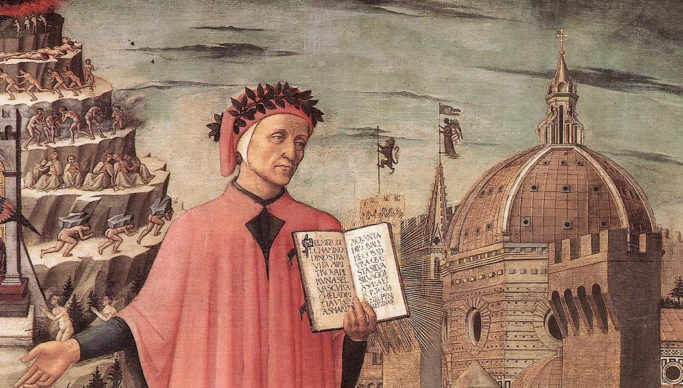
Belief In Santa Claus Among Kids Beats Out Belief in God, the Devil, Heaven and Hell Among Adults
- By Deirdre Pelphrey --
- 30 Jul 2023 --
As the numbers of those professing membership in an organized religion continue to decline, so too do those who believe in spiritual entities such as God, the Devil, angels, Heaven and Hell, according to a new Gallup report.
Representing a consistent downturn since the beginning of the century when Gallup began surveying the subject, about half of Americans, 51%, believe that God, the Devil, angels, Heaven and Hell are real, while 11% do not believe in any of them. Another 7% are not sure about all of them, while the rest (31%) believe in some and not others. While the slim majority of Americans say they believe in all five spiritual entities, that percentage is down in double digits since the first such survey in 2001.
Among all Americans, those who believe in God, but not necessarily the other spiritual entities has declined from 90% in 2001 to 74% in 2023. Belief in Heaven was down from 83% to 67%, while belief in angels dropped from 79% to 69%, belief in Hell from 71% to 59%, and the Devil from 68% to 58%.
When divided into demographics, the survey shows that holding steady (i.e. declining slower) are the specific subgroups of weekly churchgoers (at 86% for the Devil, 98% belief in God), Protestants (at 80% and 94%) and Republicans (78% and 87%).
Also more likely to retain belief are lower income Americans (63% and 81%) seniors (63% and 83%) and non-college-educated Americans (61% and 76%).
The decline of the Devil’s importance has caused some scholars to speculate that with the lessening influence of that entity and of Hell, so too may be the sense of accountability for one’s transgressions (Hell) and the potentiality of evil even in the best-intentioned of hearts (the Devil).
Meghan Henning, the author of “Hell Hath No Fury,” which looks at early Christian ideas about the afterlife, said that in those days early Christians had only to look at the terror and torture of Roman jails as their inspiration to create gruesome images of hell and damnation to get people to make moral choices in this life.
Henning, who is an associate professor of Christian origins at the University of Dayton, pointed at those first Christians as marginalized with very little say against the authoritarian rulers of the day. The idea of some sort of accountability at the end empowered them. “Otherwise,” she said, “it all feels hopeless.”
Joseph Laycock, an associate religion professor at Texas State University, said that the Enlightenment caused the Devil to become more and more fictionalized, rather than an actual living entity, and that the sensationalized treatment of demon possession and Hell in movies such as The Exorcist caused some theologians to de-emphasize those entities. The downside of the decline in belief, says Laycock, played out in his wife, Natasha Mikles’ class at Texas State where she’s an assistant professor. Ms. Mikles teaches about hell, and her students frequently come in thinking that it’s all just a “scary story meant to control people.”
Possibly, we could learn about accountability and that all actions do have consequences by taking a page from the very young among us. A study in 1978 demonstrated that 85% of 4-year-olds and 65% of 6-year-olds said that they believed in Santa Claus. Another study conducted nearly 40 years later showed that those numbers—unlike the Gallup report indicating a decline in belief—stayed at the same levels.
Santa Claus, it could be argued, then, is a more potent, lasting and effective moral force—at least on that demographic—than God, the Devil, angels, Heaven, or Hell are on most others. And that fact alone might be a circumstance worthy of just as much scholarly attention as the decline of organized religion itself.


















